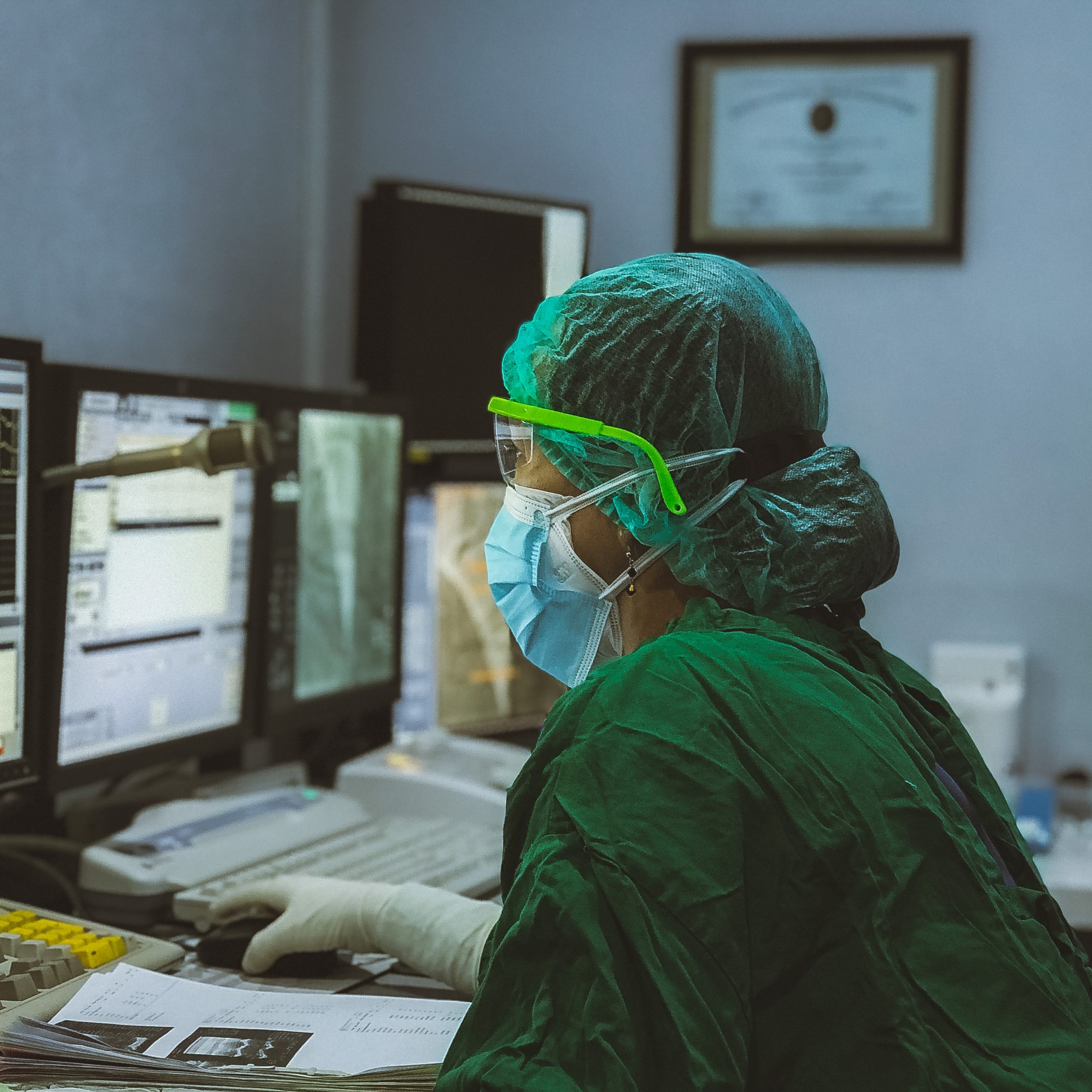What’s the biggest lesson we learned from the COVID-19 pandemic? Well, there are two.
First, that pandemics are a seriously overlooked threat to modern civilization, and we have near to no preparation for preventing or managing one. Second, that the revolution in data analytics and communication seems to have impacted every industry but healthcare.
To be fair, the use of healthcare analytics has been increasing steadily over the decade. However, its true potential has been far from realized. Healthcare is a goldmine of untapped data.
And it would have remained untapped had the pandemic not happened. Realizing the tremendous importance of data, global efforts to innovate and adopt healthcare analytics have since accelerated. In 2018, the healthcare analytics market in the United States was estimated to be worth just $3.13 billion. Now, in view of the pandemic, the market’s value is expected to rise to over $11 billion by 2023.
The question is, are you prepared for what’s coming?
Delivering 360° healthcare analytics solutions
Today, most healthcare organizations make good use of data management, not data analytics.
Process automation, for example, has had a massive impact on productivity. Paperwork and healthcare have always been inseparable. But the introduction of digital information and data management systems has changed that. Health records, notes, prescriptions—modern hospitals are intelligent and create and store the three digitally. Consequently, healthcare organizations don’t just save a ton of paper, but also time otherwise lost in finding and updating the data.
Digital data management has made lives much easier, enabling healthcare professionals to focus on caring instead of organizing. But while care has improved, it cannot have improved as significantly as it would have with the use of healthcare analytics. That is the next step: to not just collect healthcare data but put it to good use.
How? By taking a 360° approach to healthcare analytics.
Our healthcare analytics solutions open so many key doors. They help you harness patient data to make real-time decisions. They help you identify trends so that you are always a step ahead. But most importantly, our healthcare analytics solutions enable you to better understand your patients so that you can personalize patient care and engagement.
To put patients first. That’s the objective.
What’s next for healthcare analytics solutions?
Healthcare analytics might be worth over $11 billion in 2024, but it is nowhere near the healthcare device market. Unlike the analytics market, the device market leverages cutting-edge machine learning and artificial intelligence solutions to develop new technology, like more accurate scanners and effective drugs.
Since the device market generates several orders more of revenue, it always made sense to invest in expensive technology. However, ML and AI solutions are becoming increasingly cheaper, which means that companies can invest in them to not just develop drugs, but also to aid healthcare analytics.
It’s already happening. The University of Maryland Medical System uses a machine-learning algorithm to analyze patient data across 382 variables. The algorithm produces a risk score to predict which patients are most likely to get re-admitted. Patients with a high score can be offered better, personalized care to prevent re-admission. This knowledge also allows the system to optimize resource allocation.
Integrating machine learning and artificial intelligence is what’s next because they empower healthcare companies to look beyond traditional data. Today, healthcare analytics is largely limited to traditional, structured data found in health records and prescriptions. In the future, ML and AI will help us learn even deeper insights by extending the analysis to non-traditional, unstructured data—genetic, biometric, social, etc.
Access to disparate data will significantly impact the accuracy of predicting, and hence, preventing future illnesses. Now, that’s technology for good.









